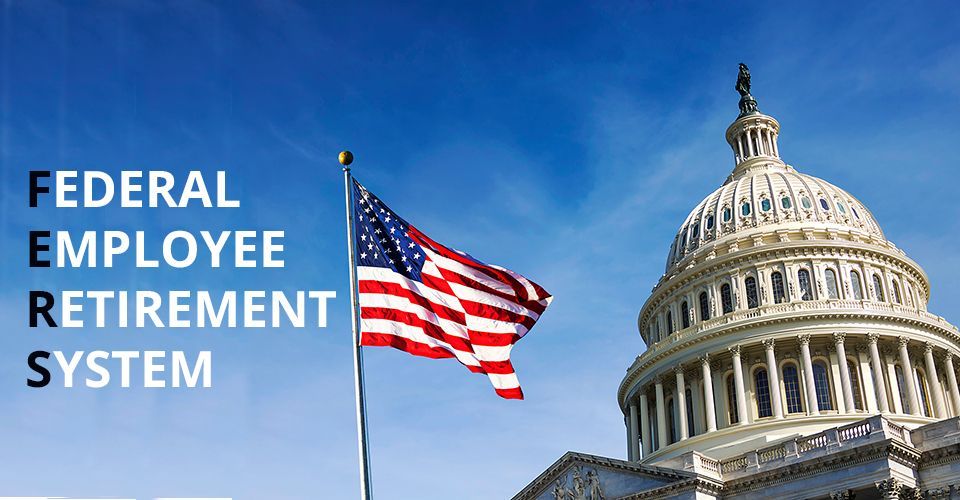The Road to Early Retirement for Federal Employees: 3 Essential Steps

Early retirement is a dream that many federal employees share. With a well-thought-out plan and disciplined financial decisions, it is entirely possible to achieve this goal. In this article, we'll outline three crucial steps to help federal employees embark on the journey to early retirement.
Step 1: Set Clear Financial Goals
The first step towards early retirement for federal employees is to establish clear and realistic financial goals. Start by calculating how much income you'll need in retirement to maintain your desired lifestyle. Depending on personal lifestyle.many people estimate that they'll need 70 - 80% of their pre-retirement annual income for a comfortable retirement.
To calculate, take into account your expected expenses, such as housing including property taxes and home repairs, transportation, healthcare expenses including medicine and possible in-home assistance, and leisure activities such as casual nights out or trips to visit grandchildren. Federal employees often have the benefit of a defined benefit pension plan, such as the
Federal Employees Retirement System (FERS) or the
Civil Service Retirement System (CSRS). Understand the specifics of your pension plan and how it will factor into your retirement income.
Additionally, consider your
Thrift Savings Plan (TSP) and other retirement accounts, as well as Social Security benefits. It's important to maximize your contributions to these accounts while working to ensure a comfortable retirement. The key is to save and invest wisely, taking into account your risk tolerance and time horizon. Seeking guidance from a financial advisor with expertise in federal employee benefits, like the
Federal Retirement Consultant (FRC), can be invaluable in this stage.
Step 2: Seek FRC Financial Advisor for Benefits Review
The Federal Retirement Consultant (FRC) is a specialized financial advisor who can provide federal employees with a comprehensive benefits review. FRC advisors have an in-depth understanding of the intricacies of federal employee retirement benefits, including FERS, CSRS, TSP, and Social Security. They can help you make informed decisions about when to retire, how to maximize your pension, and how to optimize your TSP investments. A benefits review with an FRC advisor can provide valuable insights that help you navigate the complexities of the federal retirement system, ultimately bringing you closer to your early retirement goal. Federal Retirement Experts have FRC consultants that can provide this service for you.
Step 3: Create a Strategic Financial Plan
Once you've set your financial goals and received a benefits review from an FRC advisor, it's time to create a strategic financial plan. This plan should outline how you will achieve your retirement goals, including a detailed budget, investment strategy, and a timeline for retirement. Consider diversifying your investments and minimizing risk while maximizing returns. Continuously review and adjust your financial plan as needed, especially as you approach your retirement age.
In conclusion, early retirement for federal employees is an achievable goal with careful planning and informed decision-making. To set the stage for a comfortable retirement, federal employees should begin by setting clear financial goals, seeking guidance from a FRC for a
benefits review, and creating a strategic financial plan. By taking these three essential steps, you'll be well on your way to realizing your dream of early retirement and enjoying the fruits of your labor.
More Featured Articles









